Law
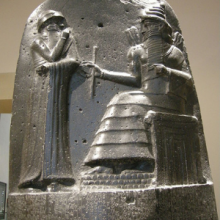
Short Teaching Module: Hammurabi's Code
An extremely useful source for discussions of Mesopotamian government and society is the Babylonian document Hammurabi’s Code (circa 1780 BCE).
Short Teaching Module: Maasai Murran as Rebellious Youth (20th c)
A number of societies in Eastern Africa, including the Maasai, divide the male life-cycle into distinct stages: childhood; murranhood (or "warrior"); and elderhood.
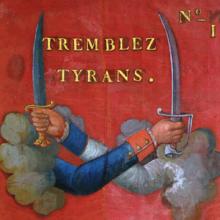
Source Collection: War, Terror, and Resistance to the French Revolution
One fault line that has divided inquiries into the Terror has been its connections to the democracy introduced in 1789.
Expulsion of the Girondins
Throughout the spring of 1793, radicals in the Convention, in the Paris Commune, and in the sections struggled for power against Brissot and his allies, known as the "Girondins." They differed over how the Revolution should be affected by popular pressure.
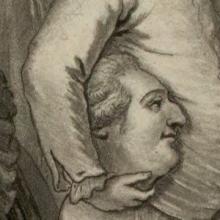
Source Collection: French Monarchy Falls
Although the monarchy had always struggled against elites over the definition of royal power, virtually no one could imagine France being governed without a king. At the outset of the French Revolution, only a handful of citizens had even contemplated a republic.
Robespierre’s Second Speech (28 December 1792)
As part of his defense, Louis’s lawyers had suggested the King should be judged not by the representatives of the people in the Convention but by the people themselves through a referendum.
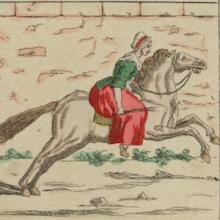
Source Collection: Women and the Revolution
Women participated in virtually every aspect of the French Revolution, but their participation almost always proved controversial. Women's status in the family, society, and politics had long been a subject of polemics.
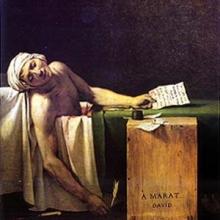
Source Collection: Paris and the Politics of Rebellion
The world was shocked by the swiftness and strength with which radicalism emerged in the first years of the Revolution. Interestingly, it is not so surprising that throughout the two centuries that have elapsed since then, labor has remained mainly arrayed on the political left.
The Petition of Right
In 1628, the position of Charles I of England had gone from bad to worse. Rash enterprises, lavish and illegal expenditure, and broken promises of better government had almost ruptured relations between the monarch and his subjects.
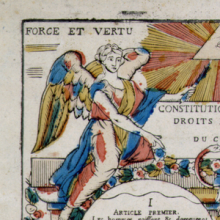
Source Collection: The Enlightenment and Human Rights
When the French revolutionaries drew up the Declaration of the Rights of Man and Citizen in August 1789, they aimed to topple the institutions surrounding hereditary monarchy and establish new ones based on the principles of the Enlightenment, a philosophical movement gathering steam in the eight